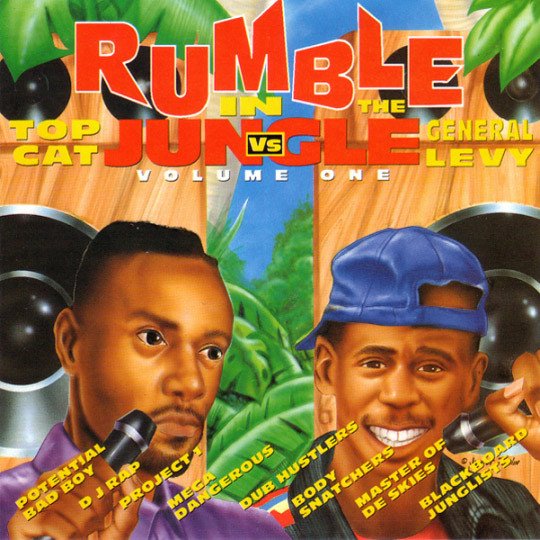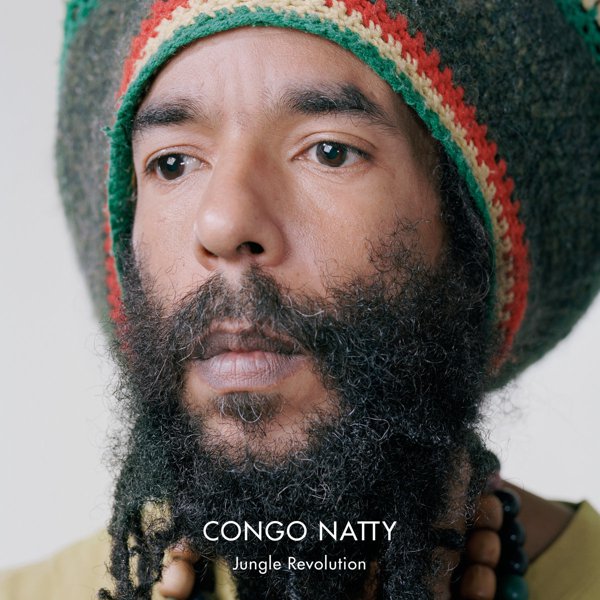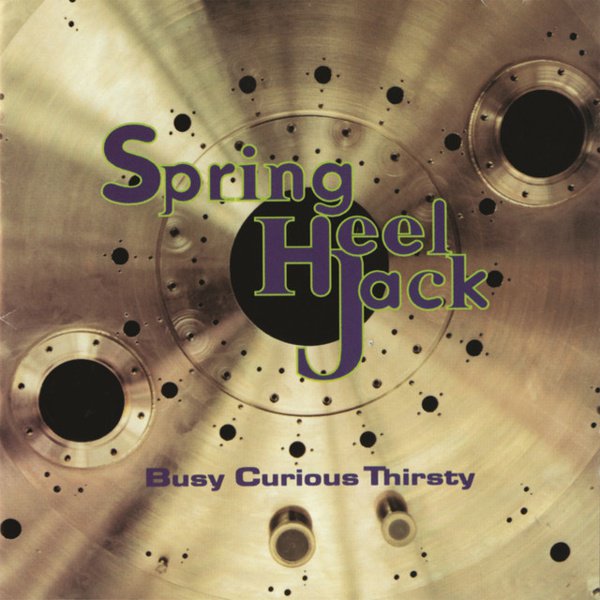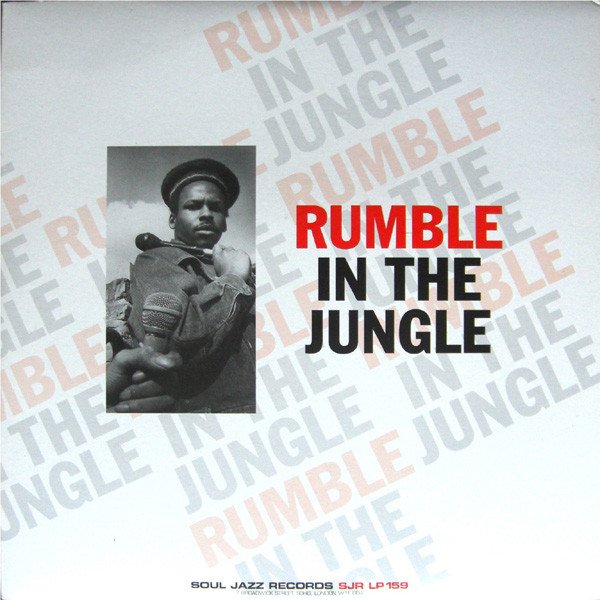In the early 1990s, London’s underground club scene was a seething cauldron of musical excitement and innovation. Perhaps the most interesting and influential product of that musical ferment was a style of music that spun out of the vortex of techno, breakbeat, and acid house and quickly developed its own centrifugal force, eventually giving birth to drum and bass, hardstep, and a dizzying variety of other subgenres.
Originally called “jungle,” this new music was fundamentally characterized by the juxtaposition of double-speed breakbeats and slow, reggae-derived basslines. That juxtaposition created a delicious tension, as well as a lot of sonic space into which all kinds of effects and samples could be thrown. In the early days, jungle sounded like a particularly hyperactive manifestation of dancehall reggae – the stars (Shy FX, General Levy, Rebel MC/Congo Natty, etc.) tended to be Londoners of West Indian descent, and the vocals on early jungle tracks were invariably delivered in a thick Jamaican patois. Jungle remixes of reggae and dancehall tunes – notably Cutty Ranks’ dancehall smash “Limb by Limb” – also quickly became popular.
But jungle was also deeply influenced by 1970s roots reggae, and particularly by the producer’s art form that had come to be known in the early part of that decade as “dub” – the precursor of modern remix culture. To create a dub mix, a reggae producer would take the original vocal version of a song and rearrange it drastically, dropping instruments in and out and applying echo and delay to create huge sonic spaces and unpredictable shifts in musical texture. Brief snippets of vocals would often appear suddenly and then ricochet off into the distance, leaving behind a trail of echo. The influence of dub was deeply felt in the early days of jungle, which was often characterized by a similarly extravagant use of echo, delay, reverb, and other special effects. In fact, early hints of jungle’s trademark double-speed breakbeats can be heard in some 1970s dub tracks, at moments when a particularly aggressive use of echo created the illusion of drums playing in double time.
As time went on, the reggae-derived elements of the music began to fall away, and old-school jungle gradually took a backseat to a fundamentally similar but darker, more abrasive, and more instrumentally focused genre called drum and bass. In early drum and bass, the dubwise sound effects were, if anything, even more pronounced, but were used in the context of musical ideas that drew on jazz, techno, and industrial music while still maintaining that structural basis of high-speed breakbeats riding atop deep, slowly-rolling basslines.
Jungle continues to be a feature of the musical landscape, but as a commercial matter it has now been thoroughly eclipsed by the subgenres it spawned and the many variants and subvariants that emerged from those subgenres over the years.










